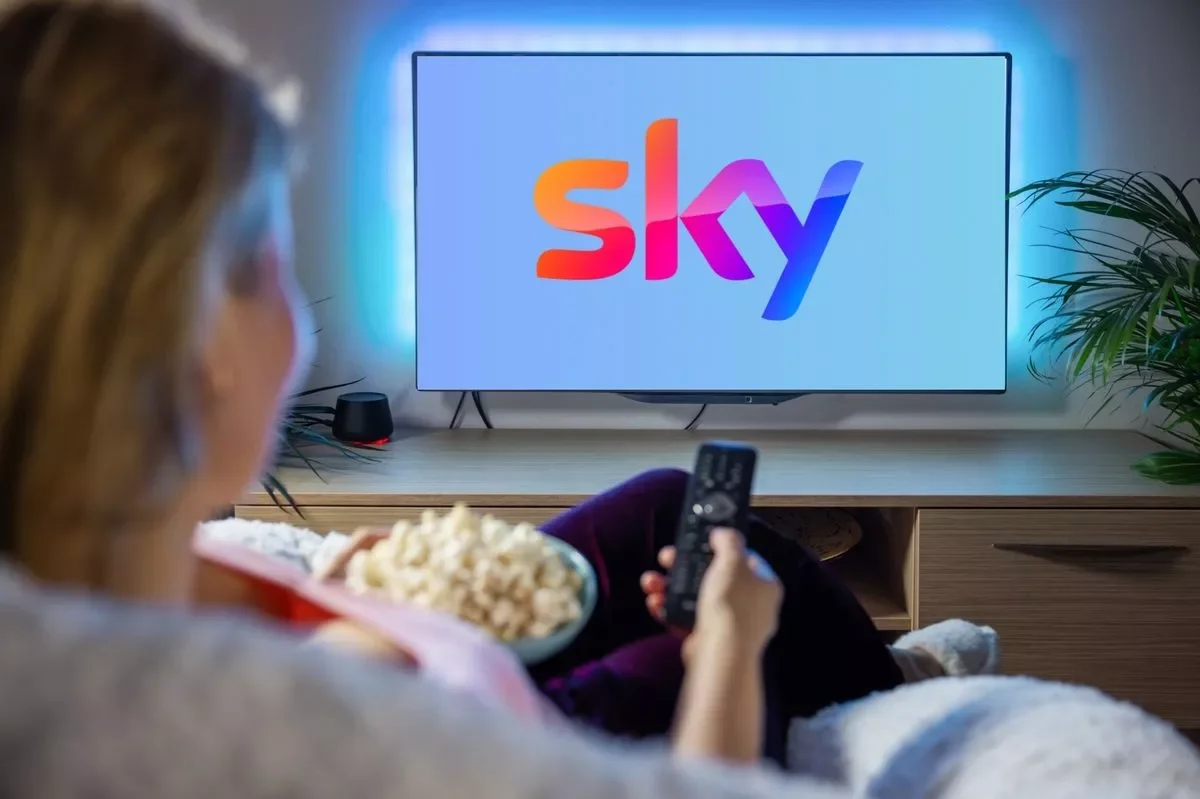Cyber Monday: How It’s Evolving and What Brands Can Do About It
Cyber Monday Marketing
Key Takeaways
Cyber Monday is now a season, not a day – what began as a single online sales event has expanded into weeks of promotions, shaping the wider festive retail calendar.
Mobile-first and personalised – with most sales happening on smartphones, shoppers expect seamless experiences and tailored offers rather than blanket discounts.
Trust and fulfilment win loyalty – in an era of deal-savvy consumers, transparency, reliable delivery, and strong customer service matter as much as the discounts themselves.
From One Day to a Season
When Cyber Monday first launched in the early 2000s, it was marketed as the online answer to Black Friday—a single day when digital retailers could capitalise on rising e-commerce adoption. For years it worked. Consumers, still adjusting to online shopping, eagerly logged on the Monday after Thanksgiving (in the US) to snap up exclusive digital deals.
But times have changed.
Today, Cyber Monday is no longer confined to a single day, or even a long weekend. In the UK and globally, retailers have stretched offers into a “Cyber Week”, with many beginning promotions well before Black Friday. Others extend deals into early December, creating a month-long period of discount-driven shopping.
This evolution reflects both consumer behaviour and retail strategy. For brands, understanding how Cyber Monday has changed—and what it means for campaigns—is essential.
How Cyber Monday Has Evolved
1. From Novelty to Expectation
In its early years, Cyber Monday was novel. The idea of exclusive online discounts felt fresh and exciting. Today, it’s expected. Consumers now assume there will be heavy discounts online in late November, meaning the element of surprise is gone. The challenge for brands is to create differentiation in a sea of offers.
2. From Desktop to Mobile First
Cyber Monday originally catered to consumers shopping from work computers. Fast forward to 2025, and the majority of sales happen via mobile devices. In 2024, mobile accounted for nearly 60% of UK e-commerce transactions on Cyber Monday. Retailers without mobile-first experiences risk losing impatient, deal-driven shoppers.
3. From General Discounts to Personalised Offers
Consumers have grown more selective. Blanket sitewide discounts remain popular, but the most successful retailers now use data to deliver personalised deals based on past purchases, browsing behaviour, and loyalty status.
4. From Domestic to Global Event
What started as a US phenomenon is now global. UK consumers actively plan for Cyber Monday, and brands worldwide align their calendars with the event. It has become an international retail moment, competing with regional holidays like Singles’ Day in China.
5. From Sales Boost to Logistics Challenge
With higher volumes of orders crammed into a short timeframe, fulfilment and logistics have become critical. Supply chain bottlenecks, delivery delays, and customer service pressure are as much a part of Cyber Monday as the discounts themselves. Retailers must plan operations as carefully as marketing.
Consumer Behaviour Shifts
Bargain Hunting with Savviness
Today’s consumers are digitally fluent and highly price-sensitive around Cyber Monday. Many track prices weeks in advance, use comparison sites, and know when “deals” aren’t truly deals. Transparency matters.
Research Starts Earlier
Shoppers begin researching long before Cyber Monday itself. Many browse weeks ahead, add products to wishlists, and monitor promotions. The official “day” may still drive purchases, but intent builds earlier.
Blending Online and Offline
While Cyber Monday remains digital at its core, the line between online and offline has blurred. Click-and-collect, in-store exclusives tied to online campaigns, and omnichannel experiences are increasingly common.
Experience Over Price Alone
Discounts are still the main attraction, but experience—smooth checkout, clear communication, and reliable fulfilment—has become equally important. A poorly executed Cyber Monday can damage long-term trust.
What Brands Can Do About It
1. Start Early, End Later
Cyber Monday no longer begins and ends in 24 hours. Brands should create campaigns that stretch across “Cyber Week” or even longer. Teasers and early access offers build anticipation, while extended promotions capture shoppers who missed the initial rush.
2. Optimise for Mobile
With the majority of Cyber Monday purchases now on mobile, brands must ensure mobile sites and apps are fast, intuitive, and frictionless. Key considerations include:
One-click checkout or digital wallet integration.
Mobile-optimised product imagery and descriptions.
Simplified navigation for deal-driven browsing.
3. Personalise Offers
Leverage CRM data and browsing behaviour to deliver tailored discounts. Email campaigns can target shoppers with products they’ve already viewed. Dynamic remarketing ads can nudge abandoned baskets. Loyalty members can be given early access or exclusive deals.
4. Focus on Transparency
Deal-savvy shoppers value honesty. Inflated “original prices” and misleading discounts risk backlash. Instead, highlight genuine value and communicate clearly about stock levels and delivery timelines.
5. Strengthen Fulfilment and Customer Service
Cyber Monday success is not only about driving sales but also about delivering them. Brands should:
Prepare for spikes in customer service queries with chatbots or temporary support staff.
Clearly communicate delivery cut-offs for Christmas.
Offer flexible options such as click-and-collect or nominated day delivery.
6. Use Omnichannel Tactics
Even though Cyber Monday is rooted in e-commerce, in-store integration can be powerful. Think QR codes linking in-store displays to online offers, or promotions that can be redeemed both digitally and physically.
7. Stand Out Creatively
In a saturated promotional environment, creativity wins. Consider gamified discounts, interactive emails, countdowns, or storytelling that ties offers to brand values. Brands that inject personality and fun cut through the noise.
Looking Ahead: The Future of Cyber Monday
Cyber Monday will continue to evolve in response to changing consumer habits and technological innovation. Some likely developments include:
AI-driven personalisation – Deeper use of data and machine learning to tailor deals in real time.
Shoppable video and live commerce – More interactive, entertainment-driven retail experiences.
Sustainability as a differentiator – With growing awareness of over-consumption, brands may use Cyber Monday to highlight sustainable offers, recycled packaging, or charitable tie-ins.
Integration with other retail events – Expect more blending of Cyber Monday, Black Friday, Singles’ Day, and Christmas promotions into one long seasonal sales cycle
The trend is clear: Cyber Monday is less about one day of discounts and more about a seasonal retail mindset.
Final Word
Cyber Monday has come a long way from its origins as a quirky “digital Monday” sales day. In 2025, it is a global, multi-week event that blends digital and physical retail, shaped by mobile-first shopping and increasingly savvy consumers.
For brands, the key is to adapt, not replicate. Stretch promotions beyond a single day, invest in mobile and personalisation, plan fulfilment carefully, and look for creative ways to differentiate.
Ultimately, Cyber Monday is no longer just a sales spike—it’s a litmus test for how well brands can deliver on consumer expectations during the busiest shopping season of the year. Those who get it right can turn fleeting bargain hunters into long-term loyal customers.
To learn more about Cyber Monday, get in contact today.












